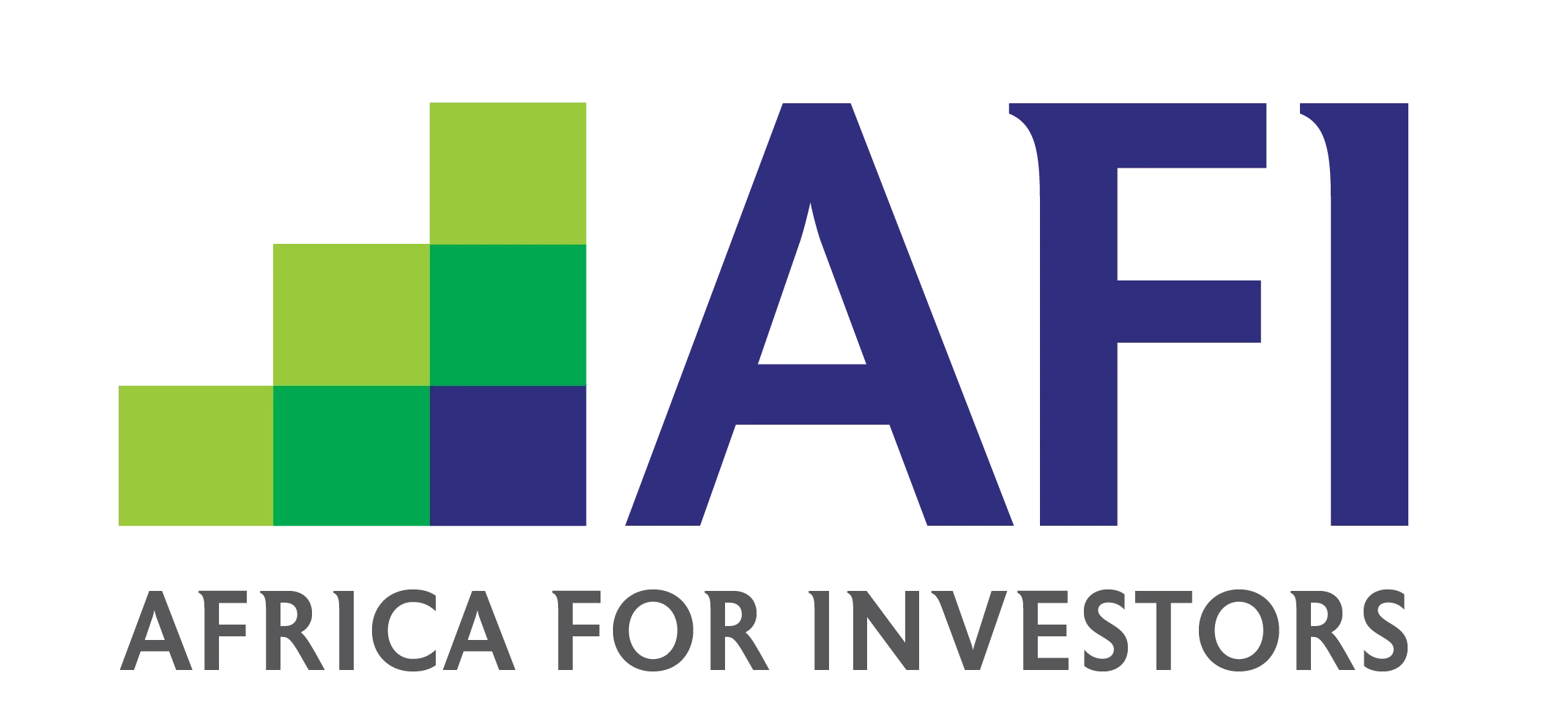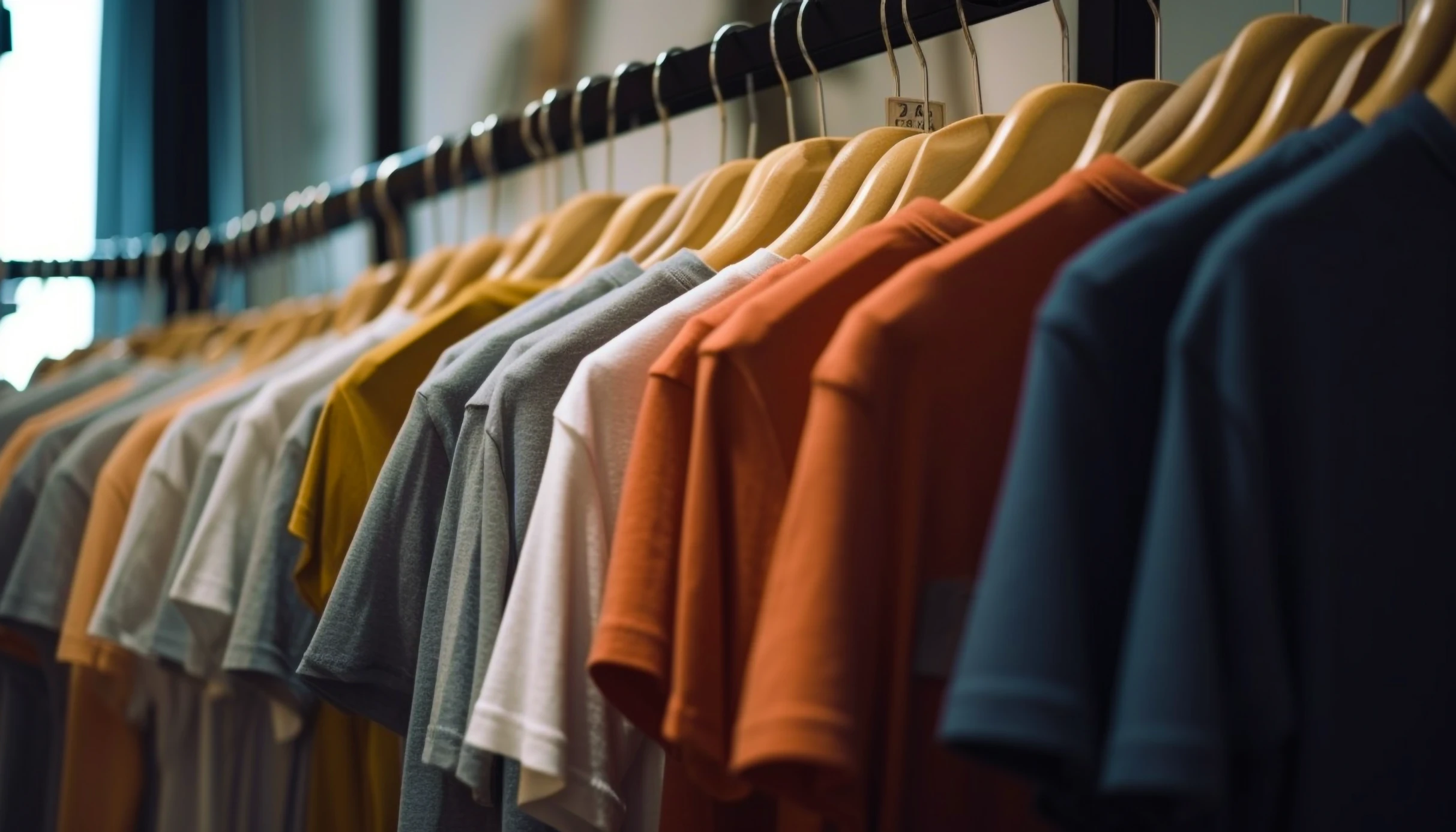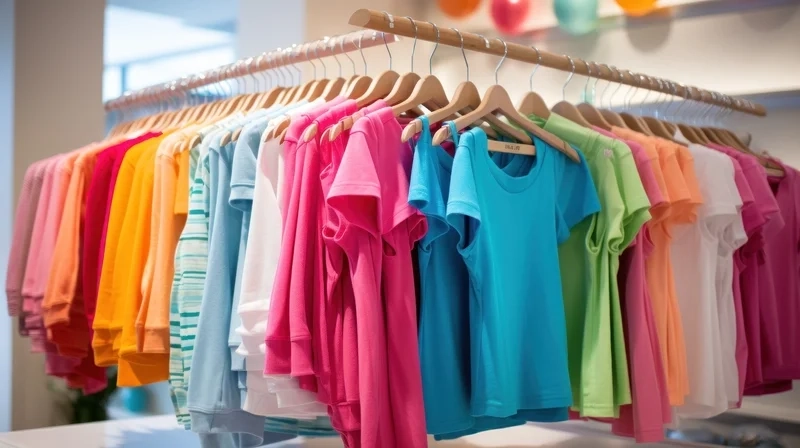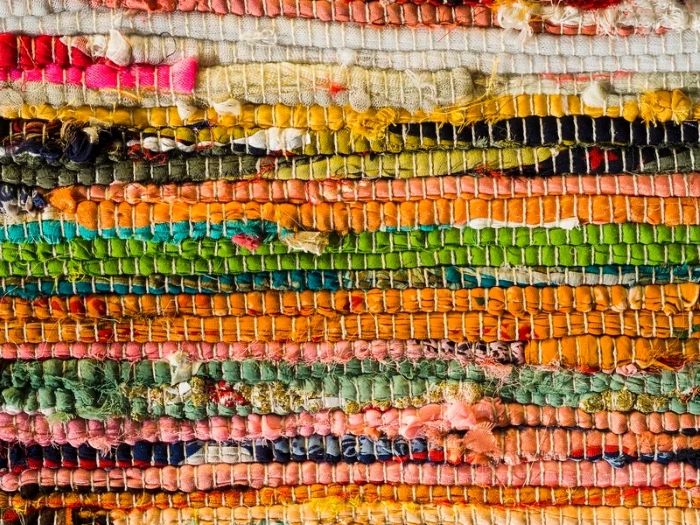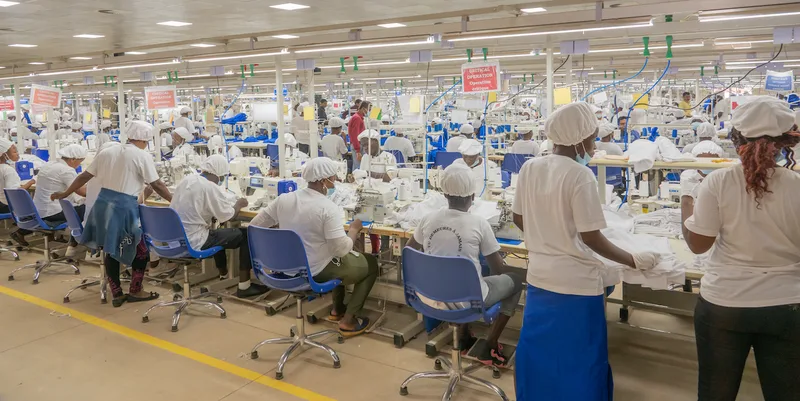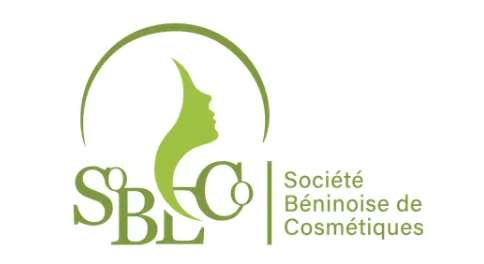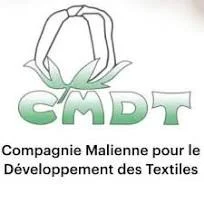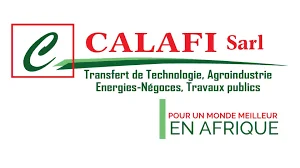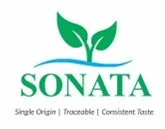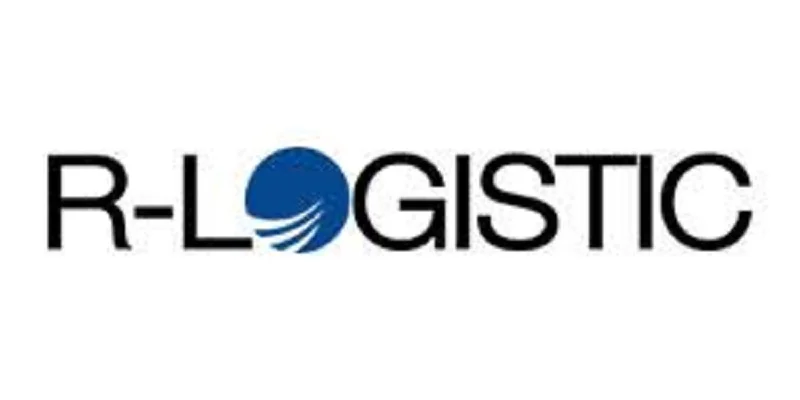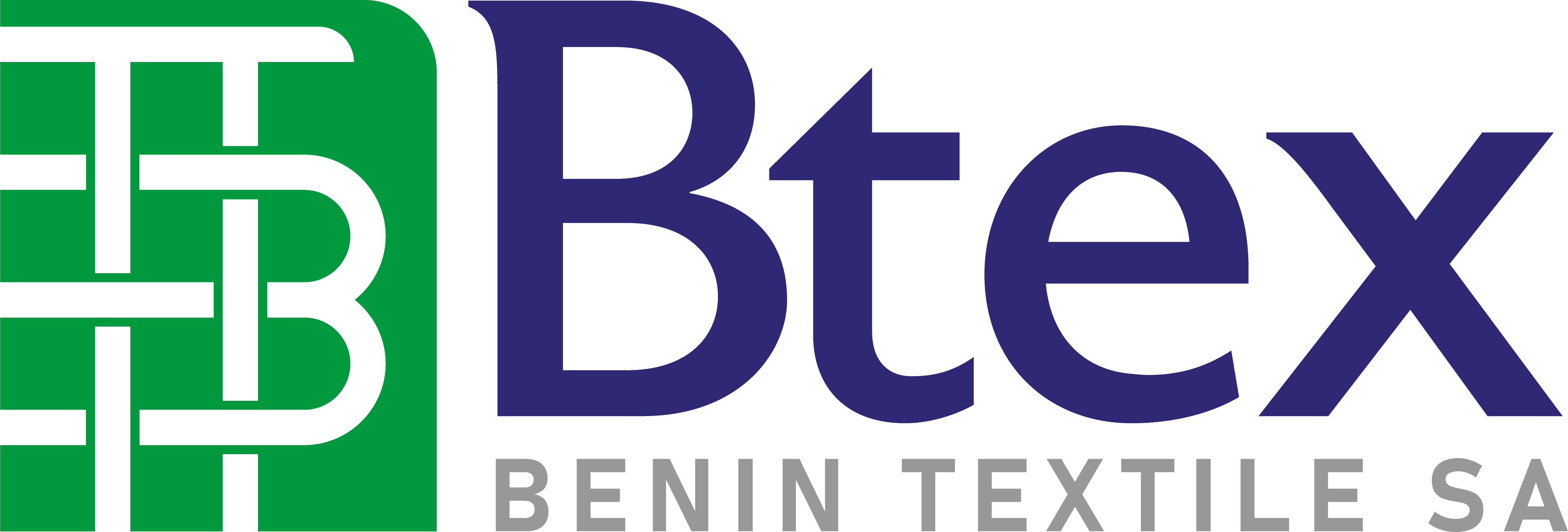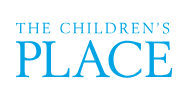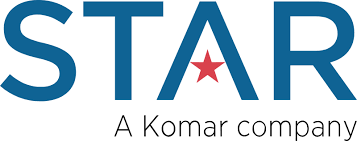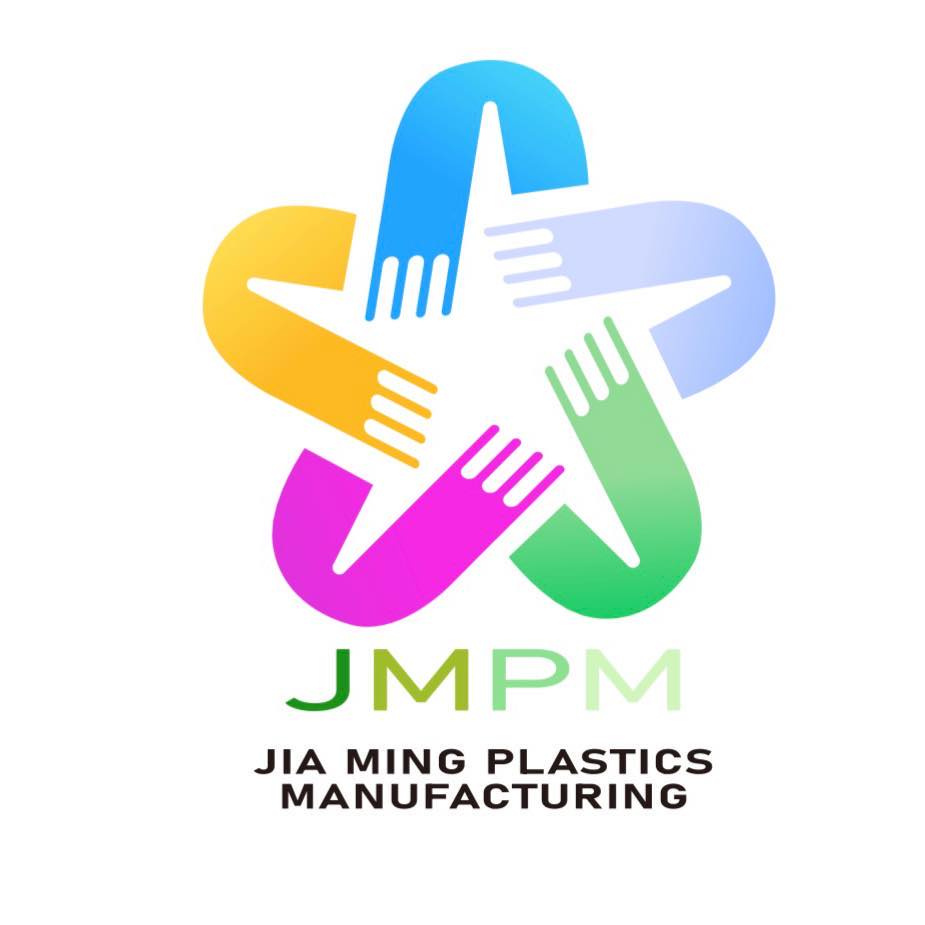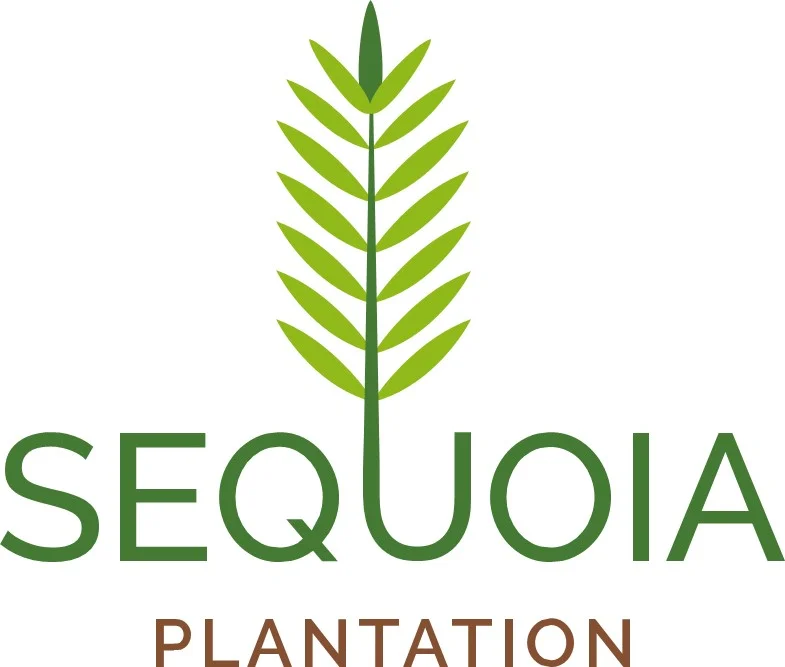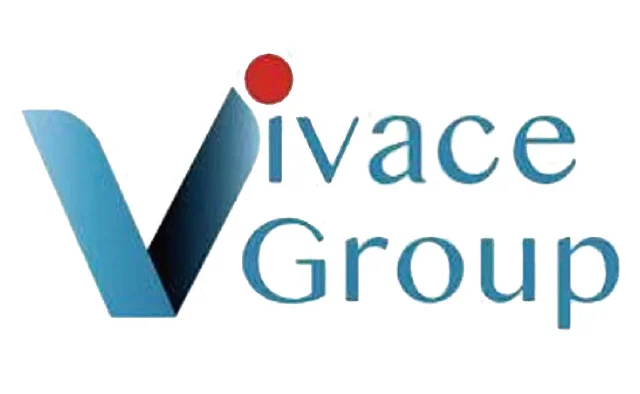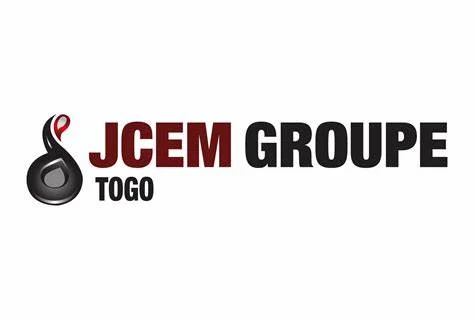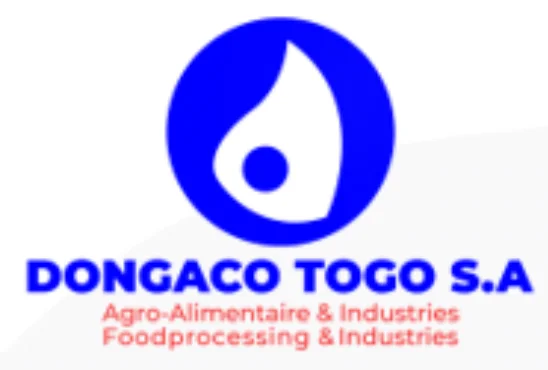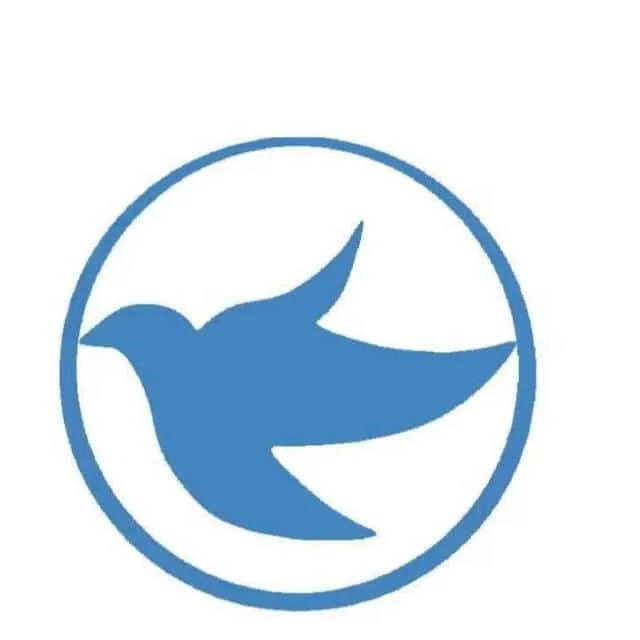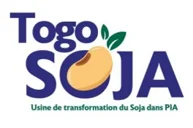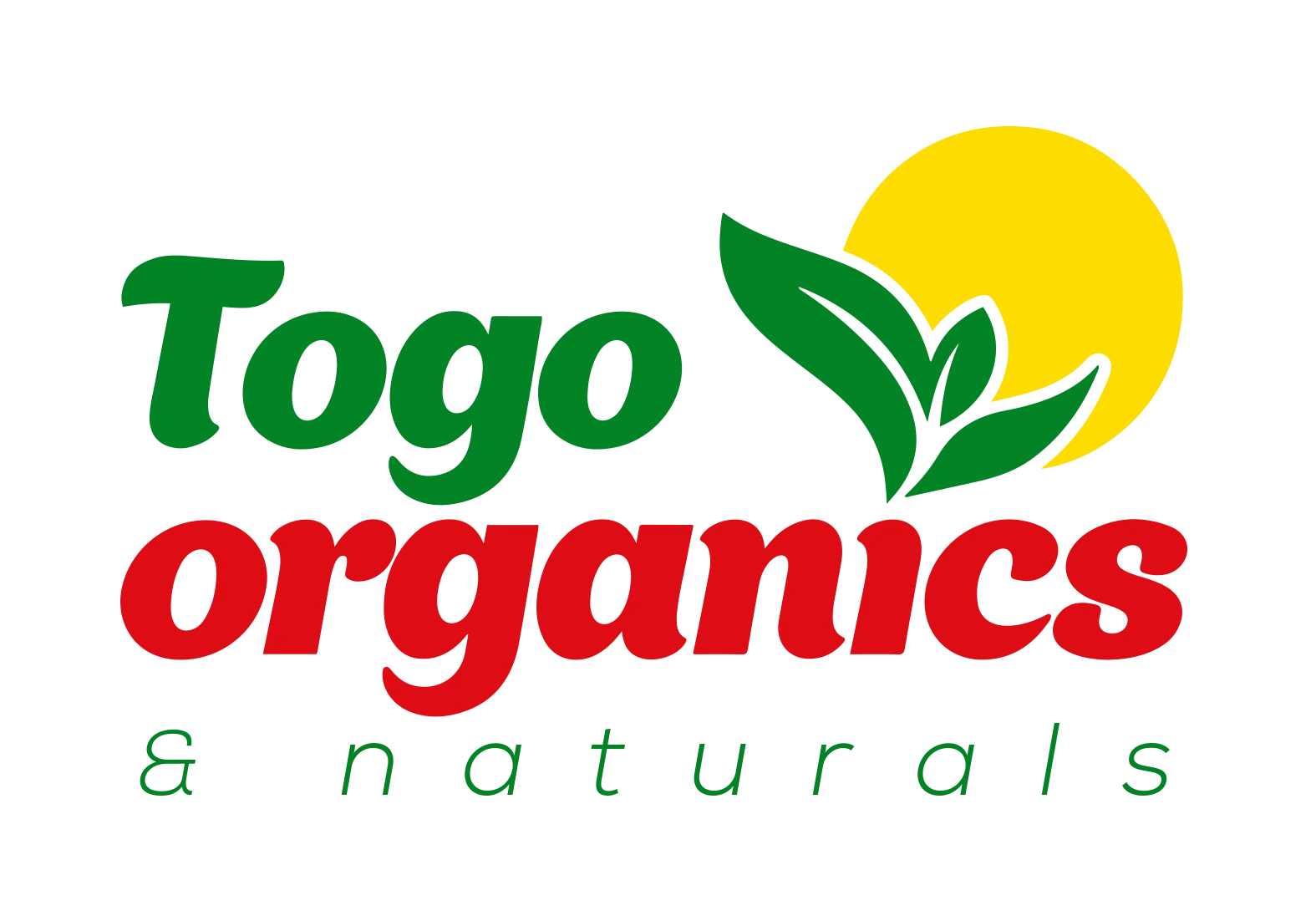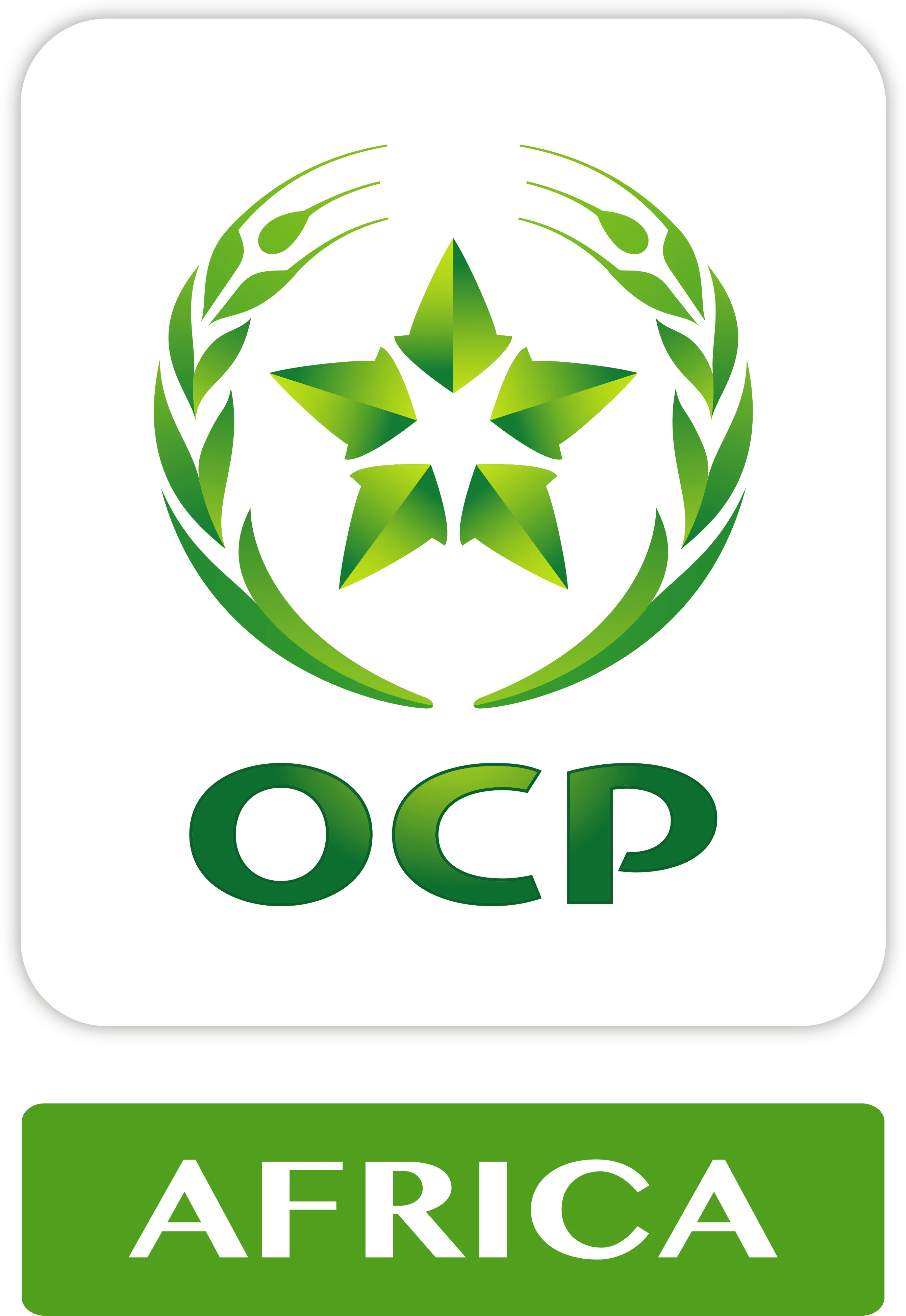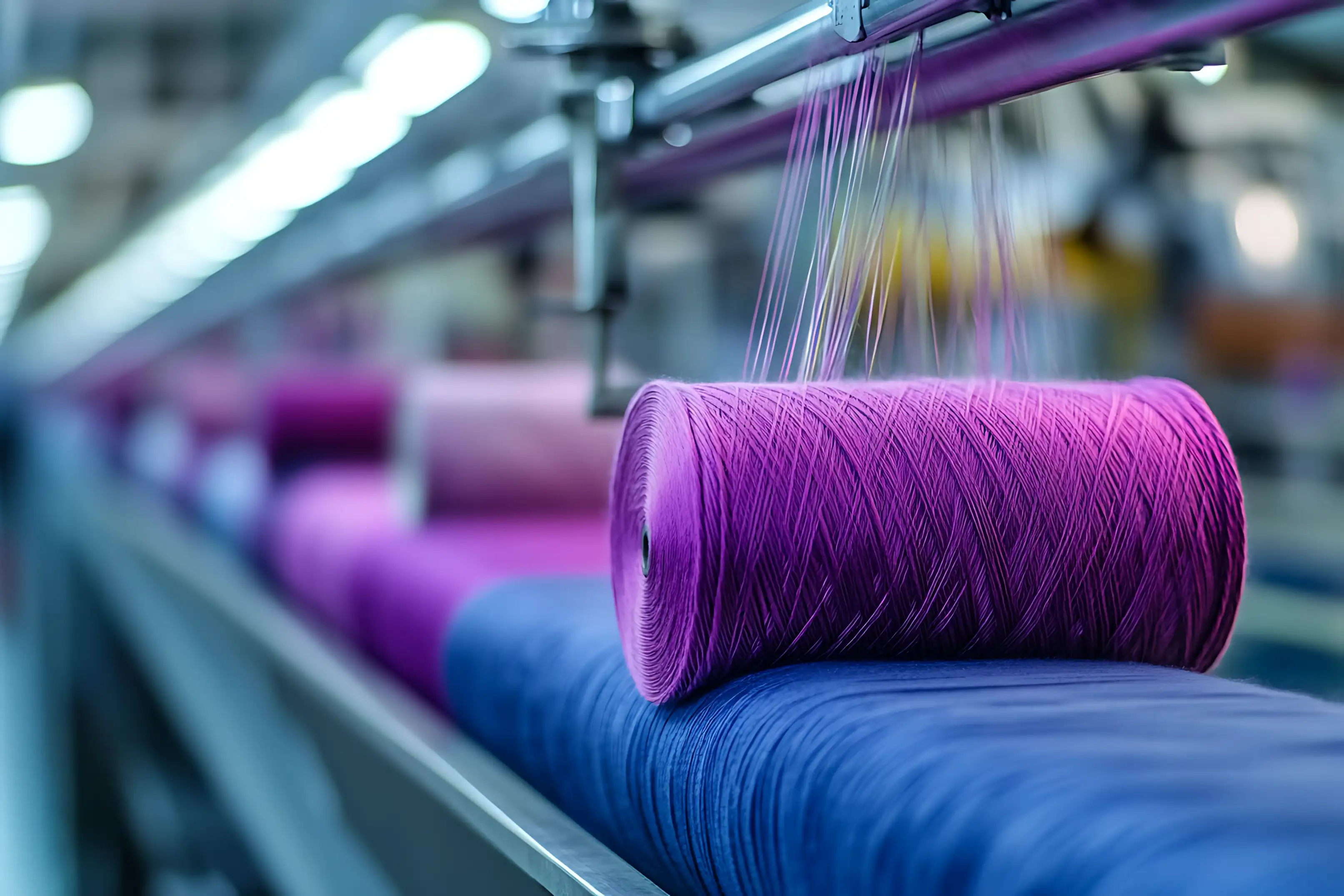What are the main sources of raw materials for garment manufacturing in ZISARH?
While Chad has local textile production, many materials may need to be imported. Understanding the supply chain and establishing reliable sourcing partnerships is essential.
What are the key challenges in sourcing raw materials for garment production?
Challenges may include fluctuating prices, supply chain disruptions, and limited availability of certain fabrics. Developing relationships with suppliers can help mitigate these risks.
How can investors ensure compliance with international labor standards?
Investors should implement fair labor practices, provide training, and conduct regular audits to ensure compliance with international labor standards and attract ethical consumers.
Are there opportunities for collaboration with local designers or brands?
Collaborating with local designers can help create unique products that appeal to regional markets, combining traditional designs with modern styles to attract consumers.
How can investors navigate cultural considerations when establishing a garment business?
Understanding local customs, preferences, and cultural influences is crucial. Engaging with community leaders and conducting market research can help tailor products to local tastes.
What is the potential impact of climate change on the garment industry in Chad?
Climate change can affect the availability of raw materials and influence consumer preferences toward sustainable products. Adopting eco-friendly practices can mitigate these impacts.
What is the ZISARH zone, and what role does it play in the garment industry?
The ZISARH zone is a designated area in Chad aimed at promoting industrial activities, including garment manufacturing. It serves as a hub for investment, providing infrastructure and incentives for businesses in the textile and apparel sectors.
What are the key advantages of investing in the garment sector in ZISARH?
Chad offers low labor costs, access to a growing local market, and potential for export to regional and international markets. Additionally, the government is keen on diversifying the economy and may offer incentives to investors.
What is the current state of the garment industry in ZISARH, Chad?
The garment industry is still developing, with a mix of small-scale producers and emerging larger factories. There is increasing demand for locally made garments, driven by population growth and urbanization.
What types of garments are in demand in Chad and the broader region?
There is a growing demand for both traditional and modern garments, including ready-to-wear clothing, workwear, and textiles. Understanding local consumer preferences can guide product development.
What are the export opportunities for garments produced in ZISARH, Chad?
Chadian garments can be exported to neighboring countries and beyond, especially if they meet international quality standards. Establishing trade partnerships and complying with export regulations is essential for market access.

